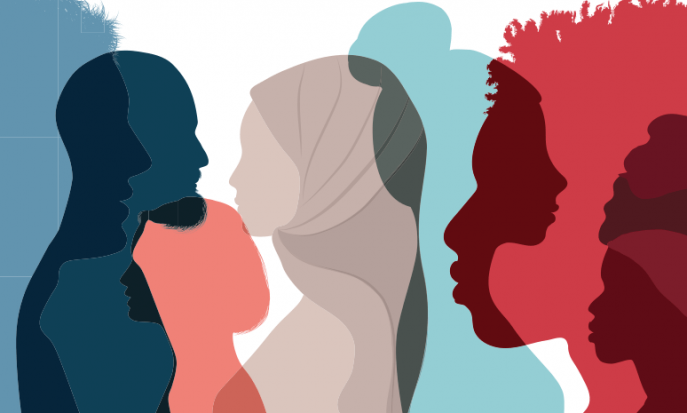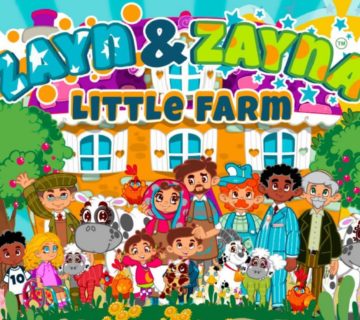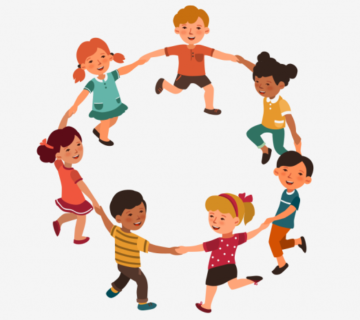Cultural diversity – Why primary schools need to be teaching diversity and tolerance as early as possible
Teachers have a vital role to play in combating racism by teaching children about cultural diversity as soon as they can, says Wa’qaar A Mirza…
What age is too young to teach children about race and diversity? Four? Five? Six? The answer, quite simply, is that it’s never too early to educate children on this topic.
The UK is a multicultural place, which means that children often have exposure to a wealth of diverse and cultural backgrounds before they even reach the classroom.
Let’s not forget that babies notice differences in skin colour and hair types, and children as young as four start to learn stereotypes about themselves and others.
As soon as children start to become aware of cultural differences (and before they are exposed to negative stereotypes) we should be appropriately educating them on the importance of cultural diversity.
This will give them a well-rounded and balanced view on ethnicities, cultures, skin colours and more, meaning they’ll have counter-arguments against racism from the get-go.
Racism in schools
It’s important to note that not all children will have had exposure to cultural diversity before starting school. Some parents don’t have the resources or understanding to teach this topic at home.
Racist attitudes develop at a very young age and often start at home. Indeed, according to BBC news, over the last decade there’s been a 40% rise in primary school exclusions for racism.
This reiterates the importance of teaching children about diversity and accepting multiculturalism as a positive aspect of life as early as possible.
Through educating children to see others as equals with differences, valuable lessons are learnt and these act as a preventative measure to displays of racism and stereotyping.
Multiculturalism and diversity
Educating pupils about a variety of cultures brings many other benefits.
Creating an inclusive classroom environment where everyone feels comfortable and equal can help build confidence and encourage pupils to participate in group settings, answer questions and ask for help, all of which can help them to achieve academically.
Children who learn about diversity and cultural awareness have better social skills, increased confidence and are often more accepting of people who are different from themselves (read the University of Nebraska’s Culture Matters report).
In the process of teaching diversity, you’ll be helping pupils to develop a multitude of valuable attitudes and transferable skills such as acceptance, inclusion and equality.
In turn, this will hopefully help tackle problems like racism, Islamophobia, sexism and homophobia.
Teaching diversity and tolerance
According to the Home Office, race hate crimes went up by 11% in 2019 compared to the year before.
Providing early cultural diversity education to children whose personality traits and attitudes are still developing could be a potential solution to discrimination and this rise in hate crimes aimed towards minorities in the UK.
Educating children in diversity increases creativity, encourages open-mindedness and provides a wealth of opportunities.
It lays down the foundations for an inclusive society that embraces differences.
This education needs to start at primary school so children can reap the benefits and grow to be part of a more inclusive generation.
Diversity in popular culture
Children’s television programming is incredibly influential and digestible to children at this impressionable age.
However, a majority of shows still fail to show truly diverse content, instead showcasing diversity in tokenistic forms, such as using different coloured animals, rather than featuring authentic, complex human characters of varying race, religion, sexual orientations and other backgrounds.
This is the reason I created Zayn and Zayna’s Little Farm, an animation featuring a Muslim family who go on fun adventures around their family farm and multicultural neighbourhood.
The show aims to teach children about diversity, inclusion and sustainability through fun, relatable characters.
However, until shows like this are featured on popular mainstream channels there is limited exposure, which again highlights the importance of cultural diversity education at school.
Providing pupils with a valuable counter-argument to negative stereotyping they could learn from the media or those around them at home is so important.
Without a greater push to change the current representation of minorities in the media or encourage parents to teach diversity at home, this all-important responsibility falls to indispensable primary educators.
Yours is a vital role that will allow future generations to feel accepted, valued, respected and equally represented.
read more: https://www.teachwire.net/news/cultural-diversity-why-primary-schools-need-to-be-teaching-diversity-and-tolerance-as-early-as-possible




